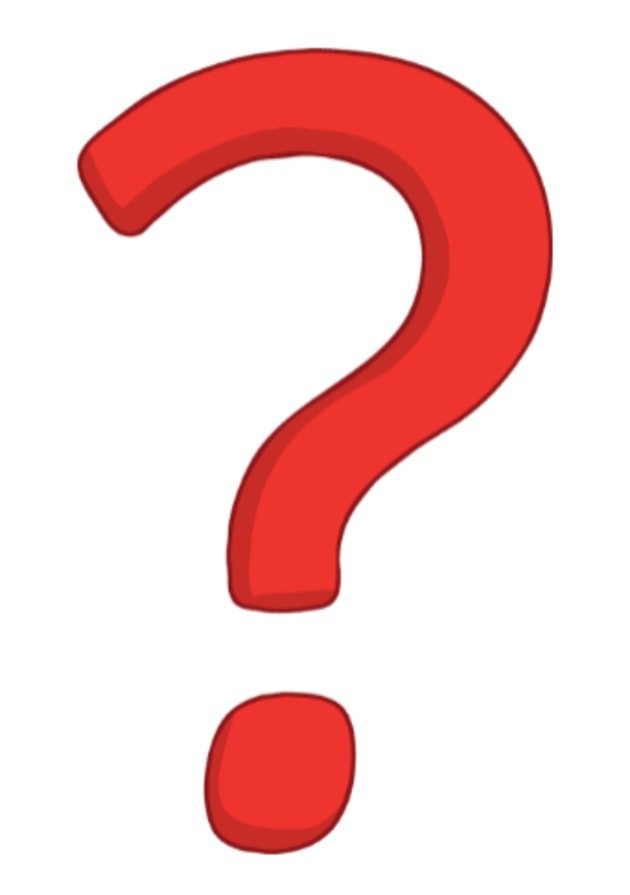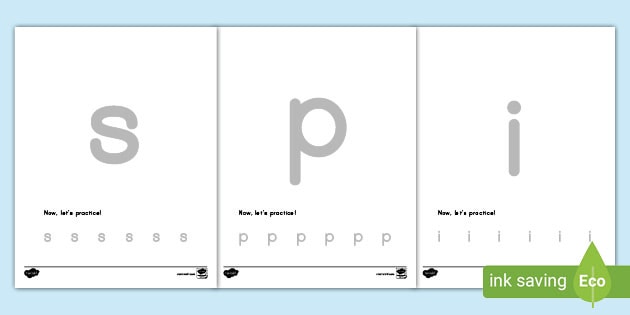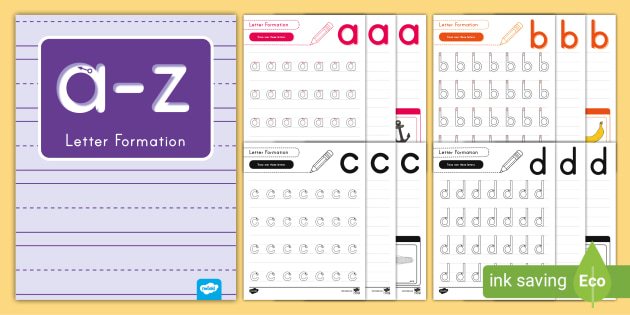

An alphabet is a set of characters or symbols that visually represent the sounds of a spoken language.
“Alphabet” is a compound word that combines the first two letters of the Greek alphabet, “alpha” and “beta”.

An alphabet is the visual record of a spoken language.
Alphabets pair the sound of a letter (a phoneme) with a unique graphic representation (a grapheme). And it’s this combination of sight and sound that allows us to read and write spoken languages.
The English alphabet is made up of 26 letters, of which five are vowels (a, e, i, o, and u) and 21 are consonants.
But, what we think of as the English alphabet is actually the Roman/Latin alphabet.
Christian missionaries brought Latin to British shores in the 7th century and it quickly displaced the native Anglo Saxon language.
The Latin alphabet (A-Z) is the most widely used writing system in the world being, as it is, present in Europe, America, Australasia, Africa, and some parts of the middle east.

Teaching children to form nice, neat letters takes time. Like many skills, pencil control is all about practice, practice, practice.
Letter formation activities are an effective way of developing children’s handwriting skills. Like riding a bike with training wheels, letter tracing activities help kids develop the fine motor skills, confidence, and muscle memory they'll need to go it alone.
If you’d like to help your pupils master their ABCs, you might like to take a look at a few of our alphabet worksheets. Made by teachers, for teachers, the resources below are designed to:
Perfect for beginners. This printable teaching pack contains 49 letter formation worksheets, including all lowercase letters from a-z and some common digraphs and trigraphs.
Letters, Numbers, and Shapes Tracing Patterns Worksheets
Looking for perfect pencil control? Then this resource - featuring multiple pages of alphabet, number (0-9), and 2D shape tracing exercises - is the one for you.
Copying patterns and shapes, as well as letters themselves, is a really effective way of improving children’s cognitive processing and hand-eye coordination.
Every worksheet in this pack includes clear, dotted examples for children to follow.
A handwriting practice must-have. This teacher-made pack contains everything you need to make your pupils their very own alphabet workbooks.
Download this resource and you’ll find 26 illustrated worksheets, each dedicated to a letter of the alphabet. Every sheet includes an example lowercase letter with guides, as well as blank lines for children to write freehand.
We’ve also included three color drawings per worksheet. Challenge your pupils to complete the spellings beneath these images by adding the right letter to each word, e.g. “_pple”, “_stronaut”, and “_nchor”.
 Home
Home  Membership
Membership  Customer Support
Customer Support  Create
Create  Blog
Blog 























